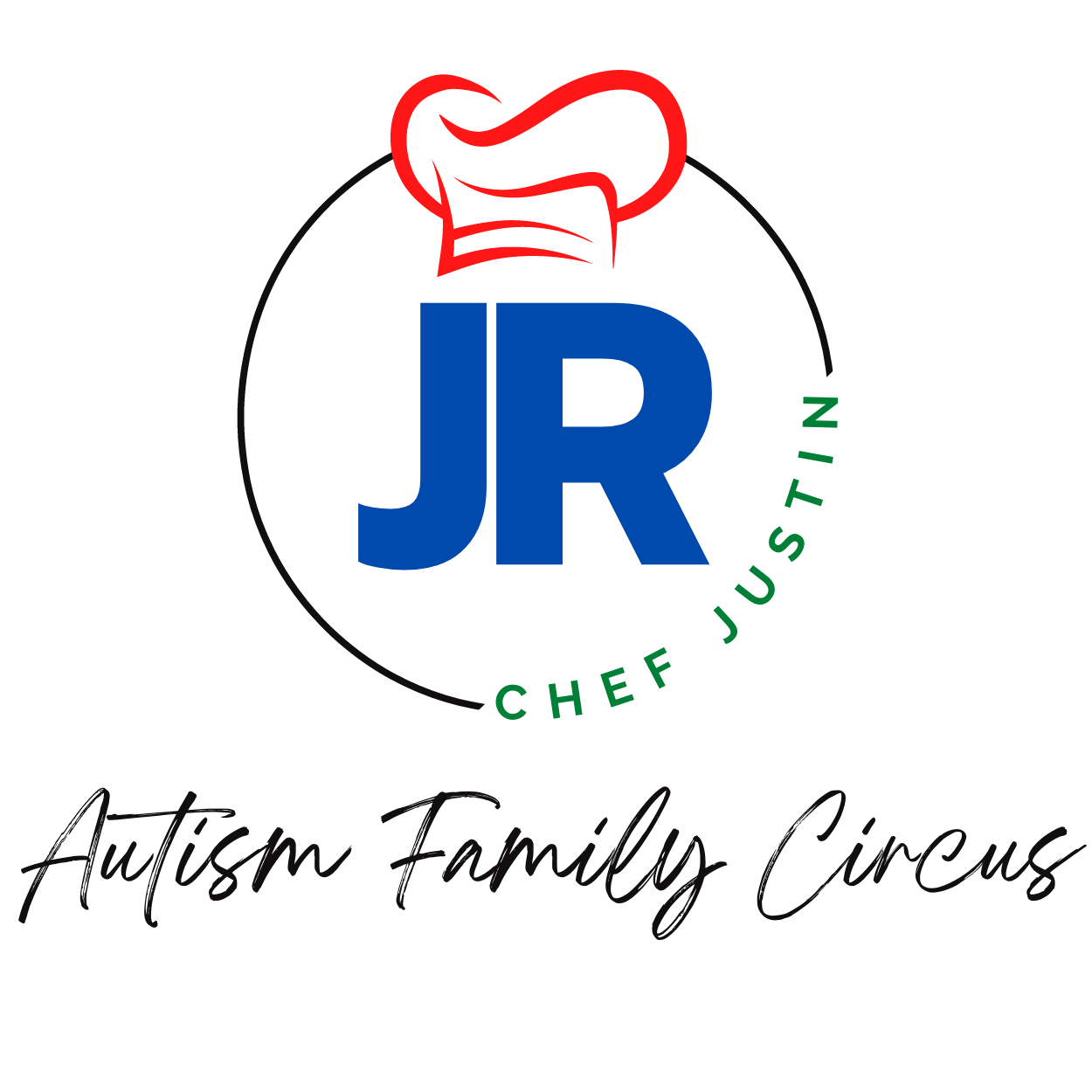Equestrian Therapy for Children with Autism: A Therapeutic Journey that really helped Chef JustinEquestrian therapy, also known as equine-assisted therapy or horse therapy, has gained recognition as a valuable intervention for children with autism spectrum disorder (ASD). This unique form of therapy utilizes interactions with horses to promote physical, emotional, and cognitive development in children. With its growing popularity, it is important to understand the benefits and considerations associated with equestrian therapy for children with autism.

One of the primary advantages of equestrian therapy is its ability to engage children with autism in a multisensory experience. Horses provide a non-judgmental and calming presence, allowing children to develop a sense of trust and connection. The rhythmic motion of horseback riding stimulates the vestibular system, which can enhance balance, coordination, and body awareness. Additionally, the tactile experience of grooming and petting horses can help children develop sensory integration skills.Furthermore, equestrian therapy offers numerous social and emotional benefits for children with autism. Interacting with horses requires communication and cooperation, fostering the development of social skills such as turn-taking, following instructions, and empathy. The bond formed between the child and the horse can also promote emotional regulation and self-confidence. As children learn to control and care for the horse, they gain a sense of accomplishment and empowerment.

Cognitive development is another area where equestrian therapy can make a significant impact. Riding horses requires children to process and respond to various sensory stimuli, improving their ability to focus, concentrate, and problem-solve. Additionally, equestrian activities often involve following directions, sequencing tasks, and making decisions, which can enhance cognitive flexibility and executive functioning skills.While equestrian therapy offers numerous benefits, it is essential to consider certain factors when implementing this intervention for children with autism. Safety is of utmost importance, and it is crucial to work with trained professionals who can ensure a secure environment for both the child and the horse. Individualized programs tailored to the child’s specific needs and abilities are also essential to maximize the therapeutic benefits.

In conclusion, equestrian therapy has emerged as a valuable intervention for children with autism. Through interactions with horses, children can experience a multisensory, social, and cognitive journey that promotes their overall development. As this therapy continues to gain recognition, it is important to further explore its potential and ensure its accessibility to children with autism worldwide.

